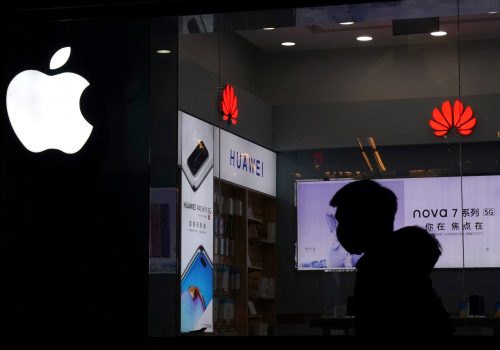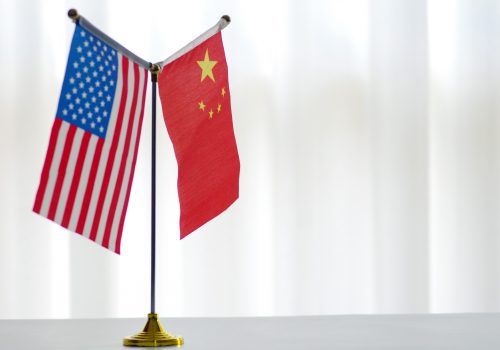Decoupling/reshoring versus dual circulation: Competing strategies for security and influences
This paper is a sequel to the Issue Brief One World, Two Systems Take Shape During the Pandemic (September 8, 2020) and How the Rest of the World Responds to the US-China Split (January 19, 2021)—but can be read on its own
Increasing competition between the US and China, on issues ranging from trade to technology, is leading to a bifurcation of the global economy into two systems. From the US perspective, a growing disillusionment with the benefits of globalization at home and shifting opinions of China as a growing threat caused the Trump administration to renegotiate trade relations, as well as pushing US allies to spurn Chinese technology companies on the basis that they could be used by the CCP to gather intelligence.
The beginning of the Biden administration has shown that many of President Trump’s policies challenging and containing China will not be immediately rolled back, and anti-China sentiment in Congress on issues such as Hong Kong and Xinjiang remain in force. The United States has attempted to decouple its economy with China in very specific areas, for a variety of reasons – to diversify supply chains, preserve national security, and to limit Chinese capacity in high-tech areas. Simultaneously, an effort has been made to bring back jobs of US companies based in China back to the states, although this policy has not seen great success.
On the Chinese side, the emphasis has been on dual circulation, which mainly stresses less of a dependence on fixed asset investment and exports as the primary driver of the economy, and to strengthen instead private domestic consumption, including services. China has also sought to diversify its trading partners to ease its dependence on the US, as well as incorporating themselves deeper into multilateral governing and trading bodies, such as the recently-ratified RCEP. China’s goal of military-civil fusion is also being pushed by the government, possibly in an attempt to recreate the successful US military-industrial complex, where ties between the military, private contractors and defense companies, and researchers and universities have allowed for the development of the most advanced breakthroughs, many of which hold civilian applications as well.
Related reading

At the intersection of economics, finance, and foreign policy, the GeoEconomics Center is a translation hub with the goal of helping shape a better global economic future.
Image: U.S. Secretary of State Antony Blinken, joined by National Security Advisor Jake Sullivan, speaks while facing Yang Jiechi, director of the Central Foreign Affairs Commission Office, and Wang Yi, China's State Councilor and Foreign Minister, at the opening session of US-China talks at the Captain Cook Hotel in Anchorage, Alaska, U.S. March 18, 2021. Frederic J. Brown/Pool via REUTERS

